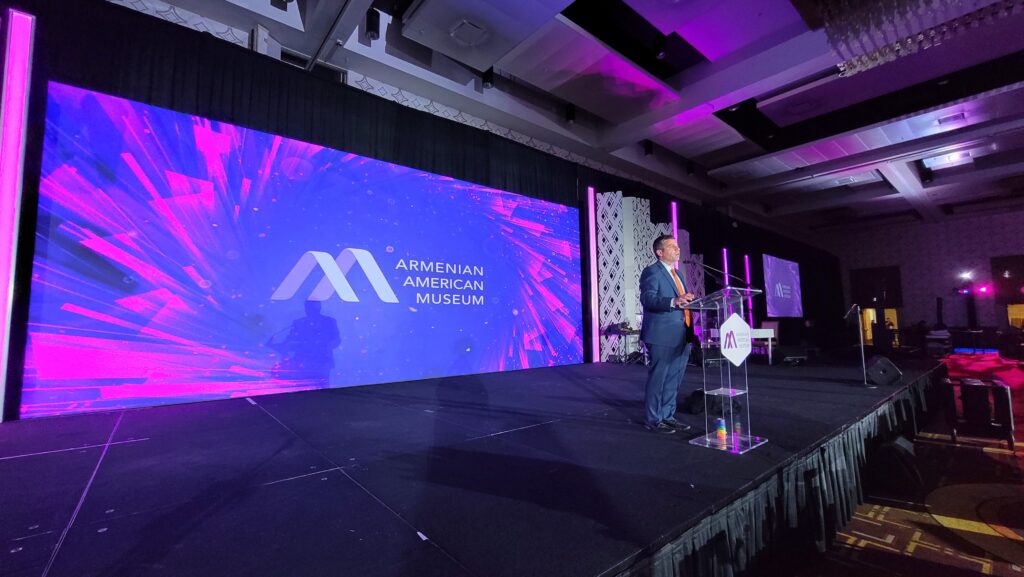
Classic screen technologies, like CRTs, have been around for many decades. They were frequently used in televisions and PC screens. However, CRTs have a limited lifespan, typically lasting around 10,000 to 20,000 hours of operation. This means that after a couple of years, consumers may observe a decline in picture clarity, such as fading or hue deformation. In comparison, LED wall screens can last considerably longer, frequently exceeding 50,000 hrs. This prolonged duration means that consumers can enjoy reliable functionality without the requirement for frequent replacements.
Another crucial aspect to take into account is energy conservation. LED panel panels utilize less energy than conventional screens, which not only benefits the environment but also lowers power costs. For instance, while a CRT screen may use approximately 100 watts of power, an LED screen can use as little as 30 to 50 W. This discrepancy in energy consumption contributes to the overall longevity of LED technology, as reduced power usage generates minimal thermal energy. Excessive heat can harm electrical parts, leading to a shorter lifespan for traditional displays.
In furthermore to their extended lifespan and energy conservation, LED panel panels also offer enhanced visual clarity. They offer more vivid hues and better contrast, making them perfect for multiple uses, from advertising to educational presentations. The innovation behind LED panels enables for a broader viewing angle, meaning that visuals stay sharp and vibrant even when viewed from the side. This is a major benefit over traditional displays, which frequently suffer from hue deformation and diminished luminosity at broader angles.
In summary, the durability of LED panel screens compared to traditional display methods is a key aspect for buyers to consider. With lifespans that can surpass 50,000 hrs, energy conservation, and superior image clarity, LED innovation provides many benefits. As technology continues to progress, LED wall screens are probably to turn even more prevalent in various settings. Grasping these distinctions can assist people and entities make better led wall rental for product launches choices when investing in display innovation, guaranteeing they receive the best worth for their needs.